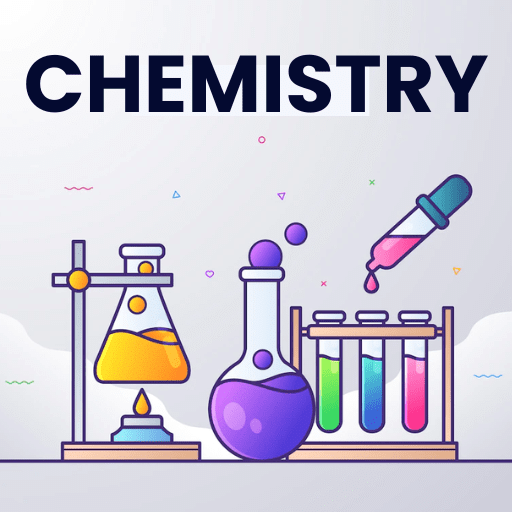Best Study Material for JEE Exam
JEE Exam > JEE Notes > Chemistry for JEE Main & Advanced > Revision Notes: p-Block Elements
Revision Notes: p-Block Elements | Chemistry for JEE Main & Advanced PDF Download
| Download, print and study this document offline |
|
353 videos|587 docs|309 tests
|
FAQs on Revision Notes: p-Block Elements - Chemistry for JEE Main & Advanced
| 1. What are p-block elements? |  |
| 2. How many valence electrons do p-block elements have? |  |
Ans. The number of valence electrons in p-block elements varies depending on the group they belong to. Group 13 elements have 3 valence electrons, Group 14 elements have 4 valence electrons, Group 15 elements have 5 valence electrons, Group 16 elements have 6 valence electrons, Group 17 elements have 7 valence electrons, and Group 18 elements have 8 valence electrons.
| 3. What are the properties of p-block elements? |  |
Ans. P-block elements have diverse properties due to the presence of both metals and nonmetals within this group. Some common properties include:
- P-block elements are often involved in covalent bonding.
- They can form multiple oxidation states.
- P-block elements can exhibit both metallic and nonmetallic properties.
- They show a wide range of reactivity and can participate in various chemical reactions.
| 4. How are p-block elements used in everyday life? |  |
Ans. P-block elements have numerous applications in everyday life. Some examples include:
- Carbon (C) is a key element in organic compounds, making it essential for life and the foundation of many chemicals and materials.
- Nitrogen (N) is used in the production of fertilizers and explosives.
- Oxygen (O) is vital for respiration and is used in various industrial processes.
- Silicon (Si) is widely used in electronics and semiconductor devices.
| 5. What are the environmental effects of p-block elements? |  |
Ans. Some p-block elements can have significant environmental effects. For example:
- Mercury (Hg) is a toxic element that can contaminate water sources and bioaccumulate in the food chain, posing a risk to human health and the environment.
- Lead (Pb) is known for its harmful effects on the nervous system and can be found in old paint, water pipes, and certain industrial processes.
- Arsenic (As) is a naturally occurring element that can contaminate groundwater, leading to serious health risks when consumed by humans or animals.
Related Searches






























